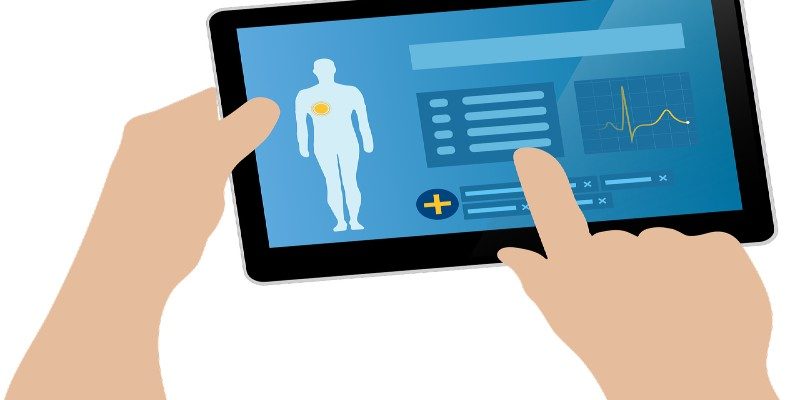A computer analysis of hundreds of thousands of secure email messages between doctors and patients found that most doctors use language that is too complex for their patients to understand. The study also uncovered strategies some doctors use to overcome communication barriers.
Experts on health literacy, as well as leading health care organizations, have advised that doctors always use simple language when explaining things to their patients, to avoid confusing those with the least health literacy.
But the study found that most doctors did not do this. Only about 40 percent of patients with low health literacy had doctors who used simple language with them.
Effective electronic communication is becoming increasingly important, as doctors and patients rely more on secure messaging, an innovation that has rapidly expanded during the COVID-19 pandemic. The study found that the doctors who performed best in surveys of how well patients understood their care tended to tailor their electronic messages to their patients’ level, wherever it was on the spectrum of health literacy.
“There’s a combination of attitudes and skills that we discovered is critical to physician-patient communication,” said Dean Schillinger, MD, professor of medicine and a primary care doctor at UC San Francisco (UCSF) and co-first author of the paper, published in Science Advances on Dec. 17, 2021. “We were able to prove that this kind of ‘precision communication’ is important to all patients in terms of their understanding.”
The study employed computer algorithms and machine learning to measure the linguistic complexity of the doctors’ messages and the health literacy of their patients.
Using data from over 250,000 secure messages exchanged between diabetes patients and their doctors through Kaiser Permanente’s secure email portal, the study sets a new bar for the scale of research on doctor-patient communication, which is usually done with much smaller data sets and often does not use objective metrics.
The algorithms evaluated whether patients were cared for by doctors whose language matched theirs. Then, the research team analyzed the individual doctors’ overall patterns, to see if they tended to tailor their communications to their patients’ different levels of health literacy.
“Our computer algorithms extracted dozens of linguistic features beyond the literal meaning of words, looking at how words were arranged, their psychological and linguistic characteristics, what part of speech they were, how frequently they were used and their emotional saliency,” said Nicholas Duran, PhD, a cognitive scientist and associate professor at the School of Social and Behavioral Sciences at Arizona State University and co-first author of the paper.
Patients’ assessments of how well they understood their doctors most likely reflected how they felt about their doctor’s verbal and written communications. But the ratings nevertheless strongly correlated with the doctor’s written communication style.
“Unlike a clinic encounter, where a doctor can use visual cues or verbal feedback from each patient to verify understanding, in an email exchange, a doctor can never be sure that their patient understood the written message,” said the study’s senior author Andrew Karter, PhD, senior research scientist at the Kaiser Permanente Northern California Division of Research. “Our findings suggest that patients benefit when doctors tailor their email messages to match the complexity of language the patient uses.”






